Simple Steps to Manage Your Budget and Save More
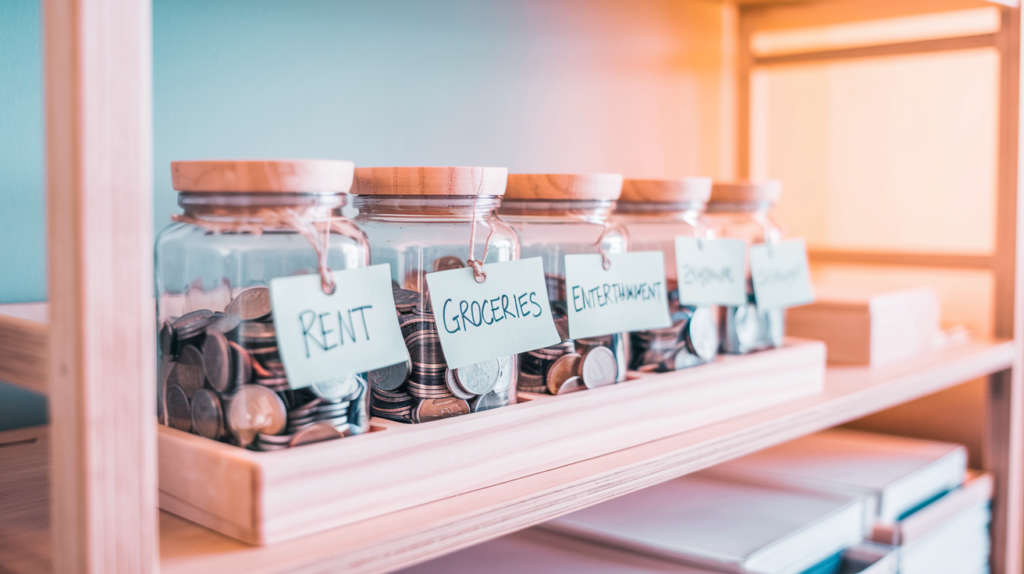
Do you feel overwhelmed by bills and wonder where all your money goes each month? You’re not alone. Financial disorganization can lead to stress, late fees, and a sense of powerlessness over your finances. According to a recent survey, 60% of households struggle with financial disorganization. But with a little organization, you can start taking control of your finances and bring peace of mind to your household. Today, I’ll walk you through simple steps to help you organize your finances, create a budget, and start saving for your future.
Some blog articles may contain affiliate links to products or services for which we may receive a commission on transactions. Some of the content on this blog site may be assisted by A.I. generators.
Thank you for visiting our blog!
Understand Where Your Money Goes

Track Your Spending for Better Budget Control
The first step to financial organization is understanding exactly where your money is going. Spend one week tracking every single expenditure. You can use a simple notebook, Google Sheets, or a financial app like Mint—whatever feels most comfortable. The important part is consistency. You may be surprised by what you discover. Many times, those “little” expenses add up faster than you think.
To keep things simple, don’t worry about fancy software or expensive tracking tools—you can start with pen and paper or a free spreadsheet to record your expenses. Simplicity is key when starting, and it keeps you focused on the bigger picture rather than getting overwhelmed with unnecessary complexities.
Create Spending Categories for Effective Budget Management
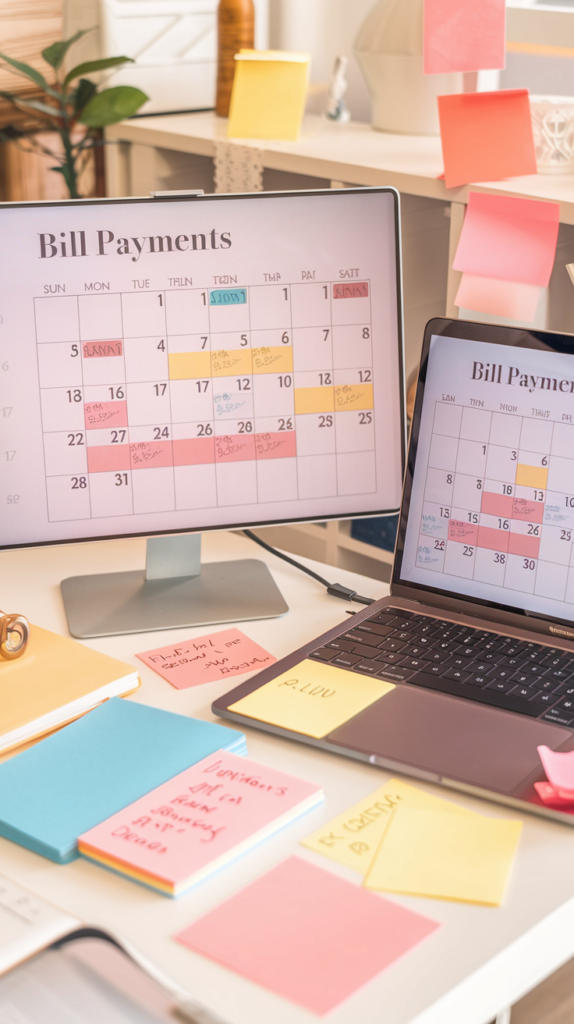
Once you’ve tracked your spending, the next step is to categorize your expenses. Divide them into sections like rent/mortgage, groceries, utilities, entertainment, and savings. Assign each category a percentage of your income. The goal is to have a clear overview of what’s happening with your money. Are you spending too much on eating out? Is there enough going toward savings? Categorizing makes it easier to identify problem areas and make adjustments.
Set Up Your Budget for Success
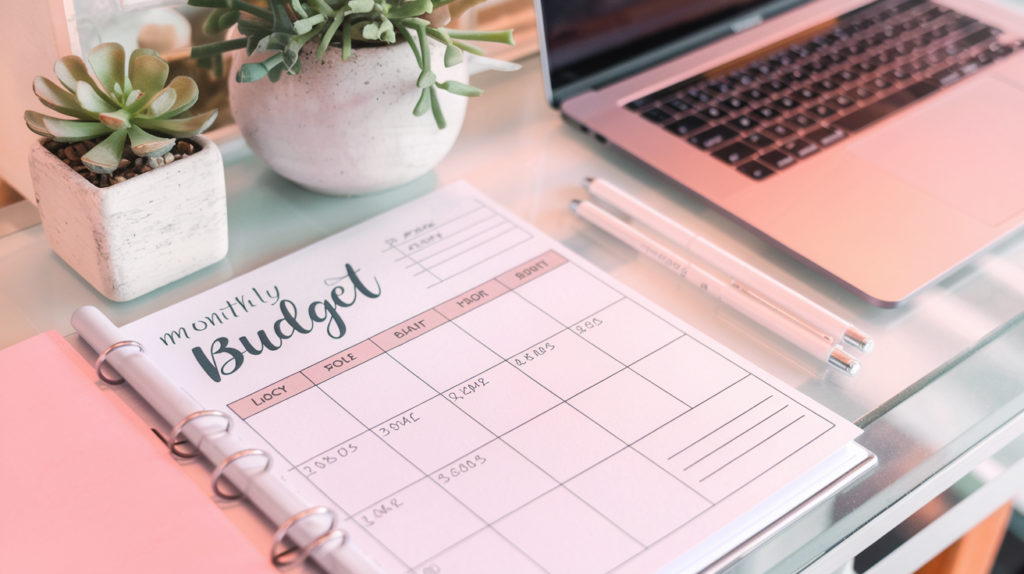
Establish a Household Budget
Creating a household budget is essential for taking control of your finances. Consider using a budgeting method like the 50/30/20 rule: 50% of your income goes to necessities, 30% to wants, and 20% to savings and debt repayment. For example, for a $3,000 monthly income, $1,500 goes to needs, $900 to wants, and $600 to savings. This structure helps you understand how much you have available in each category without feeling restricted.
Keeping your budget low-cost and straightforward can make it easier to stick with. You can even start by using my Monthly Budget Planner to outline your income, categorize expenses, and see what adjustments are needed to reach your goals.
Automate Essential Bills to Avoid Late Fees
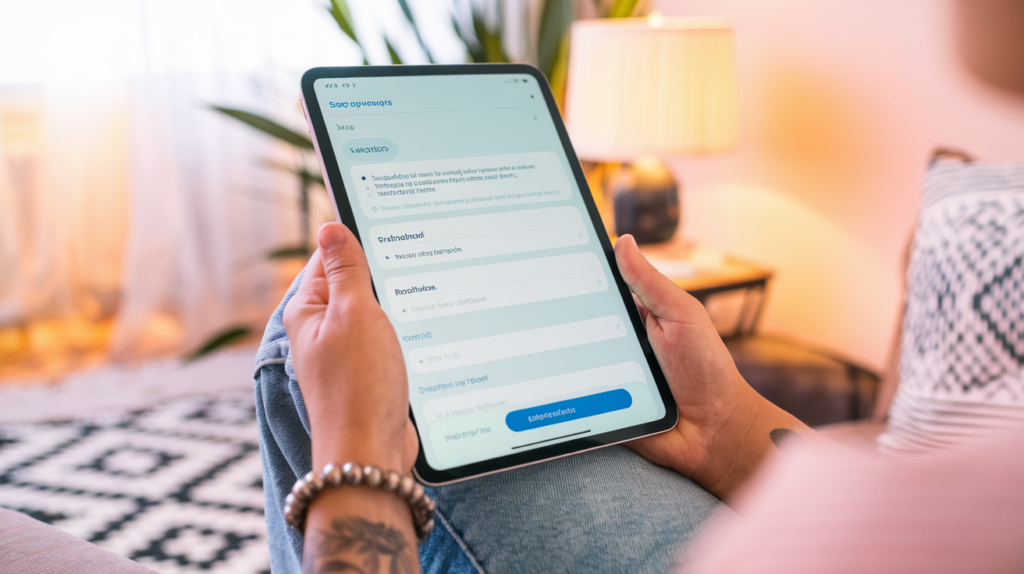
A great way to stay on track is to automate your essential bills. Automating helps reduce the stress of remembering due dates and keeps you consistent. Establishing a financial calendar can also be beneficial. By visualizing when bills are due and when income comes in, you can prevent surprises and make better spending choices.
Organize and Simplify Your Bill Payments
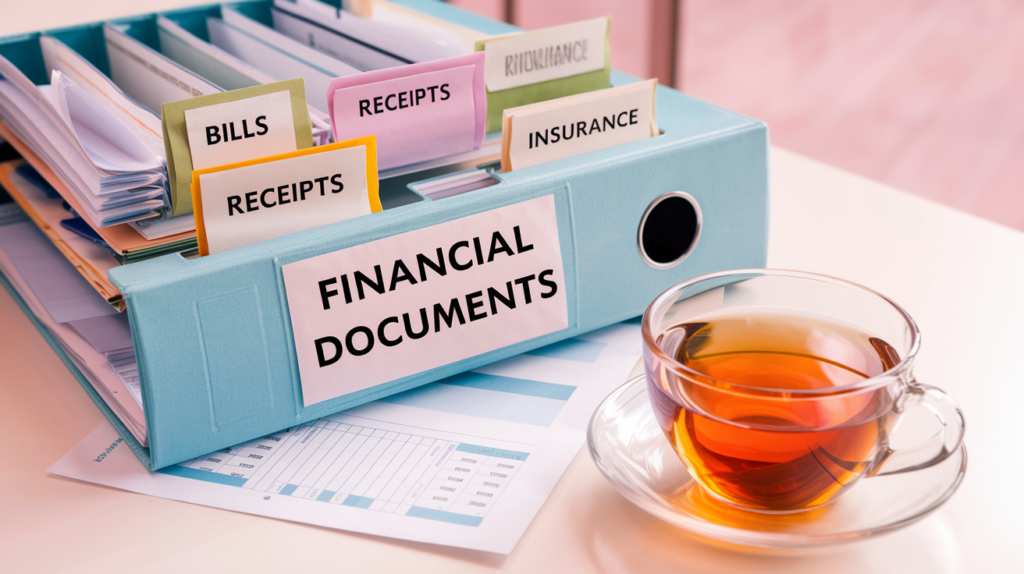
Create a Financial Calendar
To help stay on top of bills, set up a financial calendar. You can use a paper calendar or a digital version that integrates with your phone reminders. Mark paydays, bill due dates, and other important financial milestones. Color-coding these can make it easier to keep track—for example, blue for paydays and red for bill due dates. You can also use digital apps with reminder alerts, like Google Calendar, to further automate this process.
Setting up a filing system for your financial paperwork can also make a big difference. Even a basic system like a kitchen drawer or a binder can work wonders to organize bills, receipts, and important documents. Label everything, so it’s easy to find when needed. You can use plastic wallets or dividers to keep it all manageable.
Set Up a Filing System for Financial Documents

Having a dedicated space for financial documents is essential. Designate a specific area in your home, such as a drawer or binder, to store all financial documents—from bills to receipts. Label your folders with categories like “Utilities,” “Medical,” “Insurance,” etc., to ensure you can access everything easily when it’s time for review or taxes.
Savings as an Essential Part of Your Budget
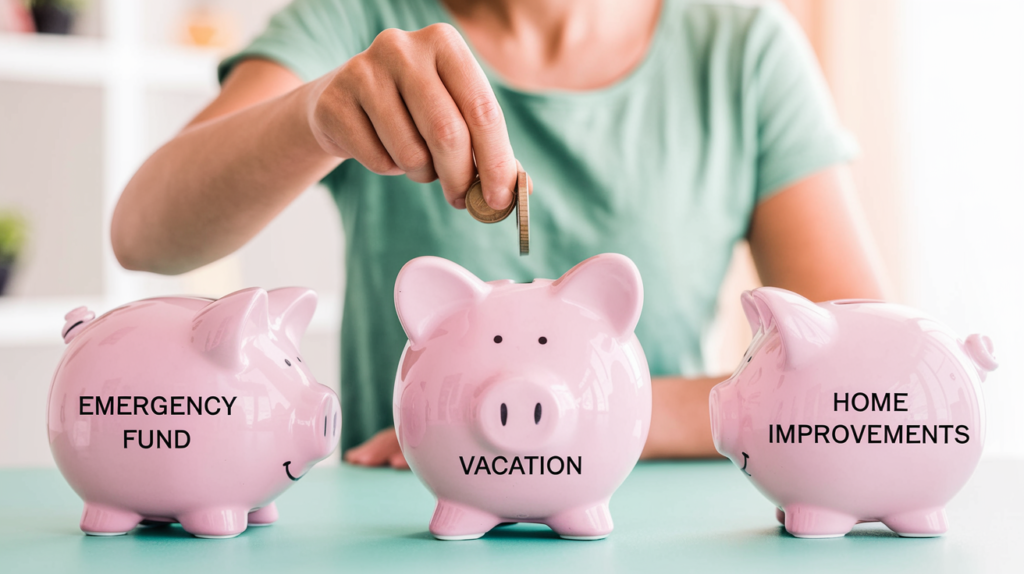
Plan for the Future with Savings
One of the best steps you can take to ensure a secure future is to prioritize saving. Separate savings accounts for different goals can make it easier to stay motivated—create one for emergency funds, another for long-term goals, and maybe even one for family fun. Automatic transfers, even if they are small, can go a long way.
Organizing your finances is about creating a healthy routine. It’s not just about managing what you already have, but also actively planning for future stability. By keeping savings goals visible and regularly reviewing them, you’ll stay motivated and see your progress over time.
Additional Tips for Staying on Track
Weekly Financial Check-Ins for Long-Term Success

To keep your finances on track, set aside a short time each week to review your spending, bills, and savings goals. Think of it as a weekly money date. It helps you identify problems early and adjust as needed. Involve your partner or family members to create a sense of shared responsibility and teamwork.
Conclusion and Call to Action
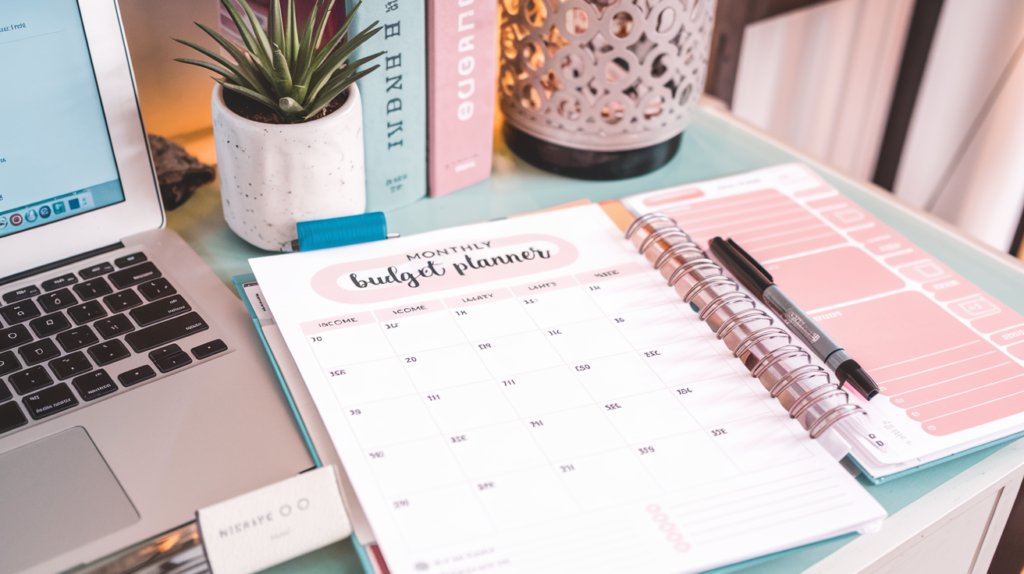
Organizing your finances can feel overwhelming, but with small, consistent actions, you can regain control. Remember, even small steps can lead to major financial wins over time. Start by tracking your spending, categorizing expenses, and creating a budget that works for your family. Automate what you can, and be proactive about organizing paperwork to avoid chaos later. Remember, every step you take brings you closer to a stress-free financial future.
Ready to take control of your finances? Download the Ultimate Cozy Living Monthly Budget Planner and start organizing today! Download it now and start making progress today! This planner includes all the tools you need to track your income, expenses, and savings goals. It’s a simple, effective way to stay on top of your finances.
Stay Tuned: Next in this series of organizing your life, we’ll tackle another key part of getting organized—taking care of all the paperwork cluttering your home! Keep an eye out for our next post, “How to Organize Your Home Paperwork Without Feeling Overwhelmed.”

Monthly Budget Planner: This downloadable planner will help you get a clear picture of your finances. It includes sections for tracking income, managing fixed and variable expenses, monitoring savings, and keeping an overview of monthly financial activities. It’s a practical, hands-on tool to complement the steps outlined in this post. Grab it for free and start your journey to financial wellness today!
Some blog articles may contain affiliate links to products or services for which we may receive a commission on transactions. Some of the content on this blog site may be assisted by A.I. generators.
Thank you for visiting our blog!

Join the discussion One Comment